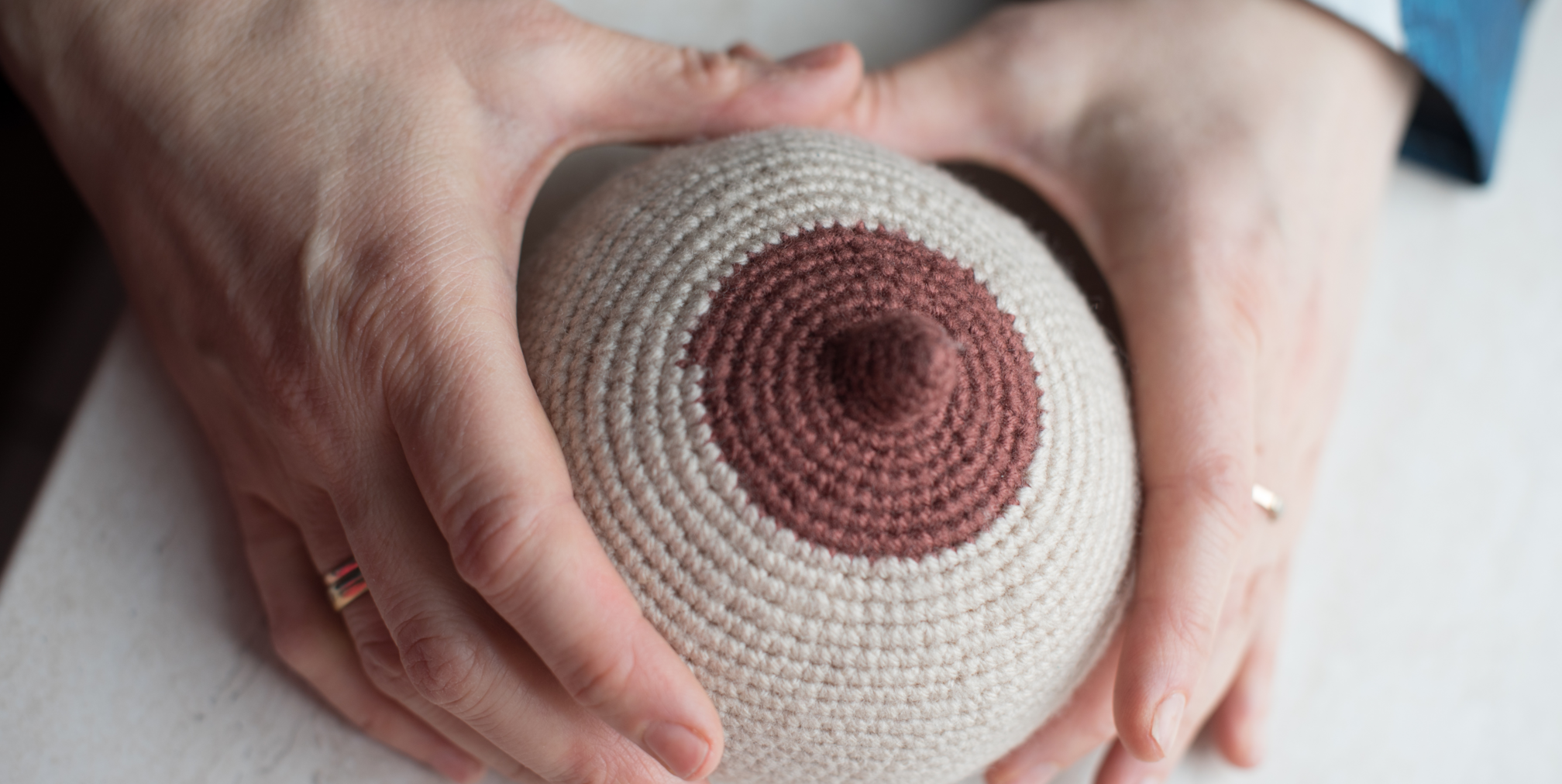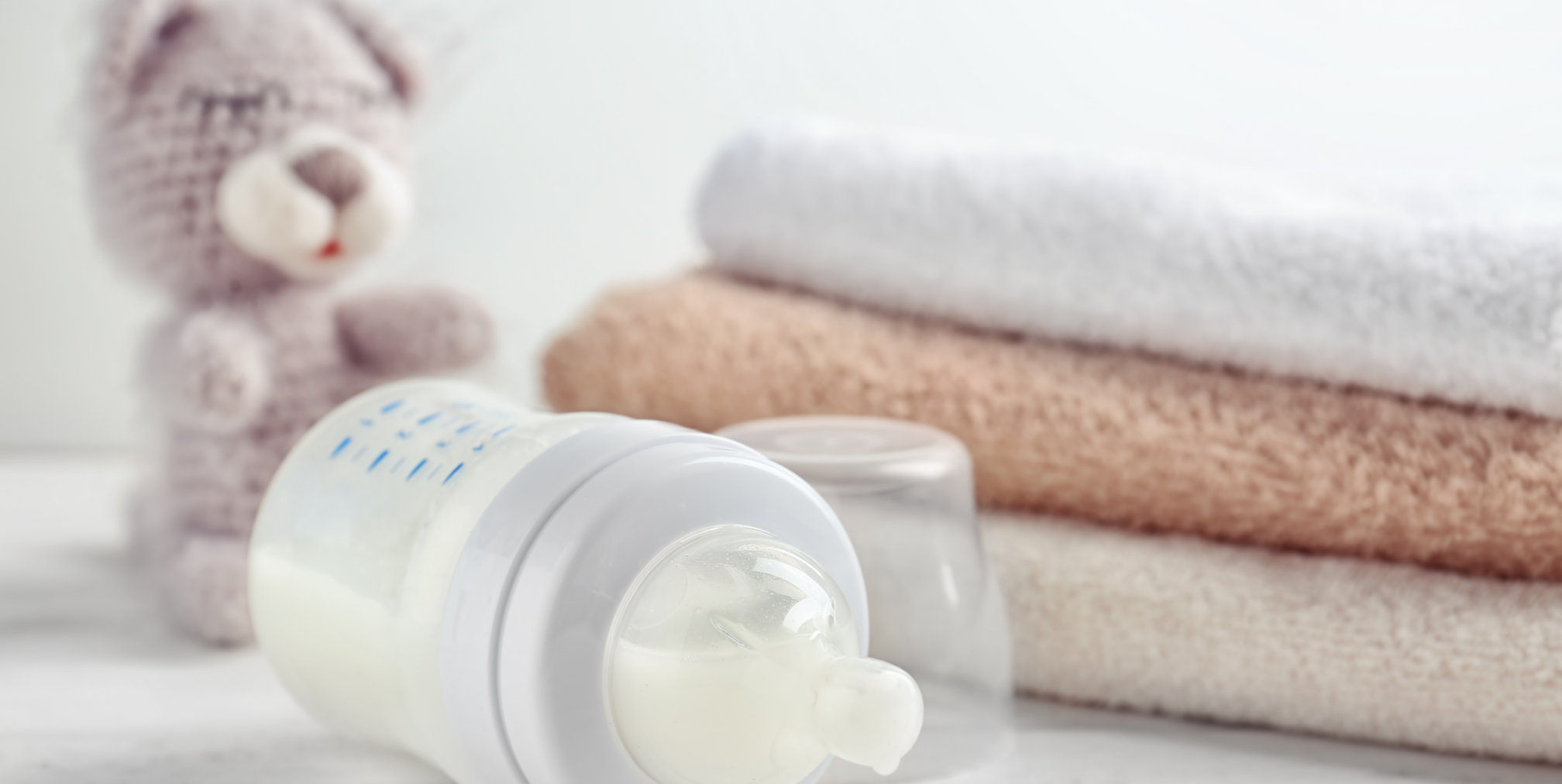Breastfeeding is a beautiful journey, but it can also come with challenges, especially for new moms. Don’t worry, you’ve got this! Here are four simple tips to help you establish a comfortable and successful breastfeeding routine:

Relax and Recline
Forget the stiff posture! Lay back comfortably, letting your baby know it’s feeding time for peace and tranquility. This relaxed state sends a calming message, unlike sitting up or leaning forward which might signal “on-the-go” to your little one. Remember, our little ones are wired to cling to mom for survival while she forages, breastfeeding a baby in a clinging for survival mode means experiencing a tight powerful unrelaxed latch, a relaxed mom means a secure feeding environment. Plus, when you lay back, you have gravity working for you, fostering a deep latch, and not against you. In this position you can use the “magic button” – to use the magic button technique gently press your baby’s upper back for deeper latching

The Perfect “Heart” Latch
Imagine a heart shape formed by your baby’s head against your breast. This ensures their chin is tucked in for a secure hold, while their nose is free and open for easy breathing. If you can’t see the heart shape you can create it by pulling the baby either back towards the other breast (for cradle and cross cradle positions) or down (for a biological-ventral position).

The Pita (or Hamburger) Hold:
To make it easier for your baby to latch and take more breast tissue in, try the “pita bread” or “hamburger” hold! Gently compress your breast tissue in the direction of your baby’s lips, mimicking the shape of a pita bread (or flattened hamburger) to guide their latch. Remember, a good latch is not symmetrical, we want the nipple to be deep in the upper palate with more of the bottom part of the areole in the baby’s mouth than the top part of it. To achieve this while you’re compressing your breast into a nice hamburger for your baby, point your nipple towards the top of his mouth. In this picture the mom is compressing in the right dirction but not close enough to the nipple so I would tell her to bring her fingers closer together on the breast.

Tummy to Tummy, Heart to Heart
Make sure your baby’s entire tummy is up against your body, if the baby is as close as possible you won’t be able to see the tummy. Being “heart to heart” helps gravity work for you and not pull the baby away from you which could lead to a shallow latch. Also, we don’t want the baby to have to turn their head to reach the breast.
Remember, these are just starting points. Every mom-baby duo finds their own rhythm. Be patient, experiment with different positions, and seek help from lactation consultants if needed. Breastfeeding is a learning experience – for both you and your little one. Embrace the journey, and enjoy the special bond you’re creating!
This post aims to inform and comfort you, not replace professional advice. Always consult your healthcare provider for any concerns.







